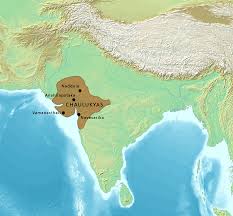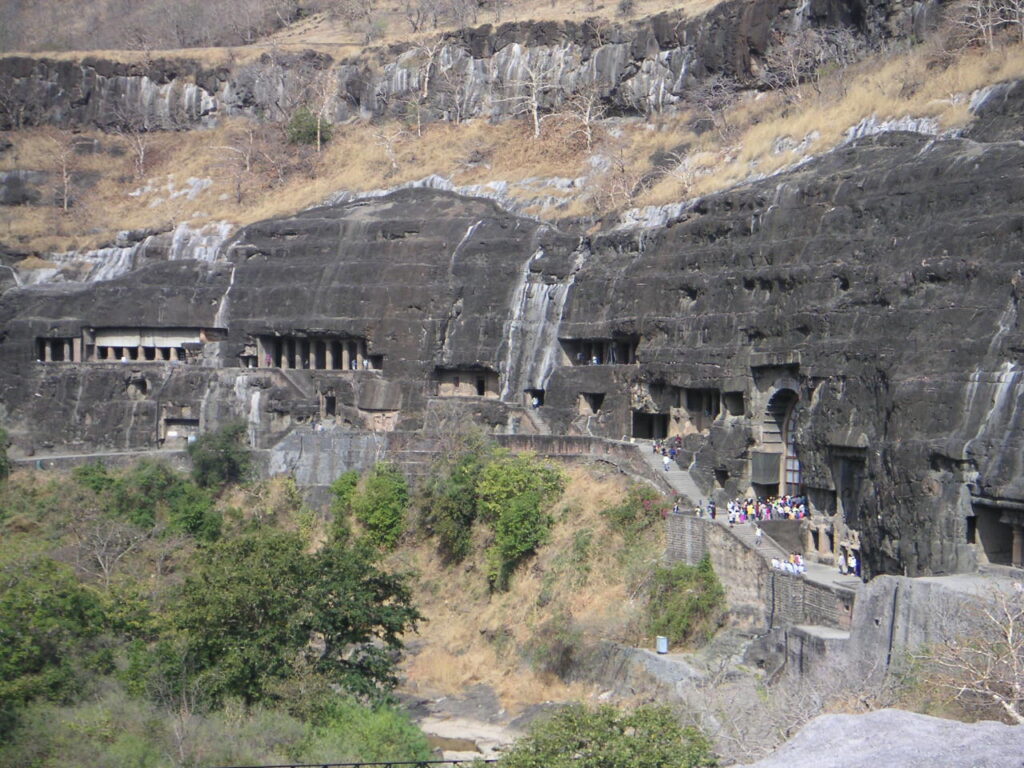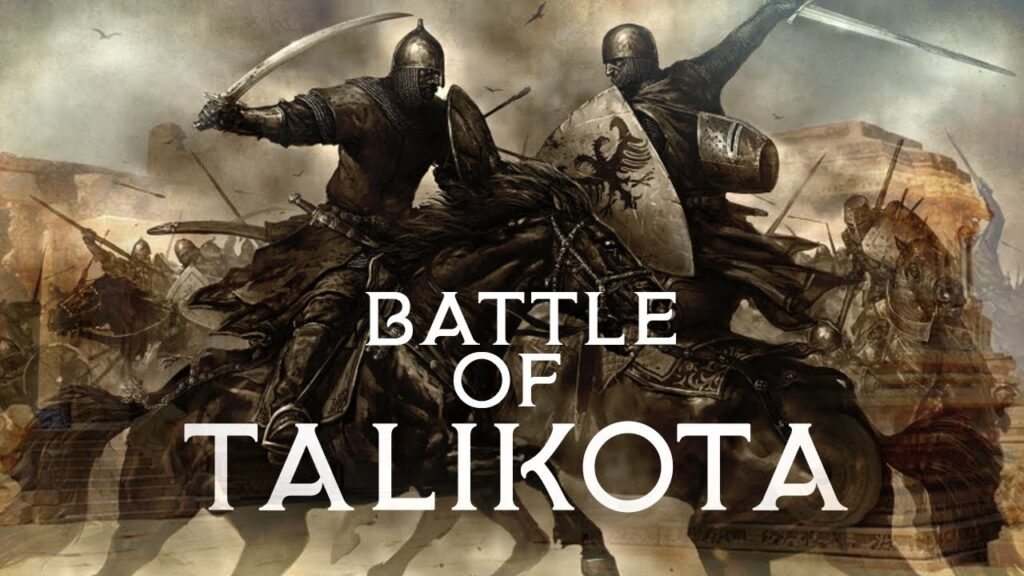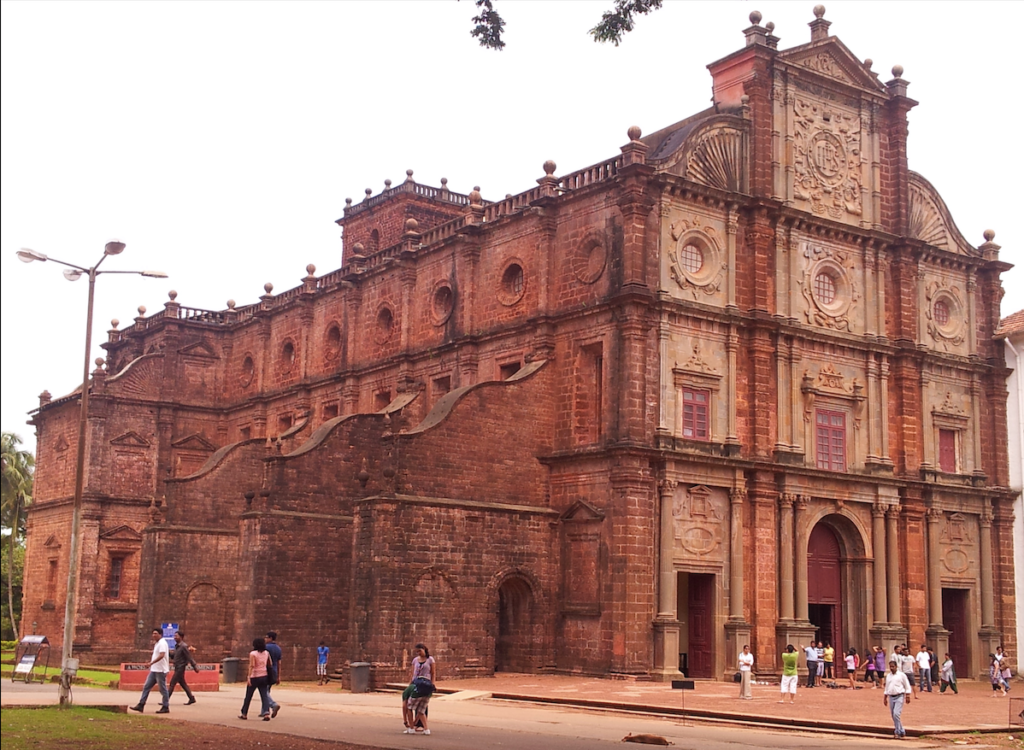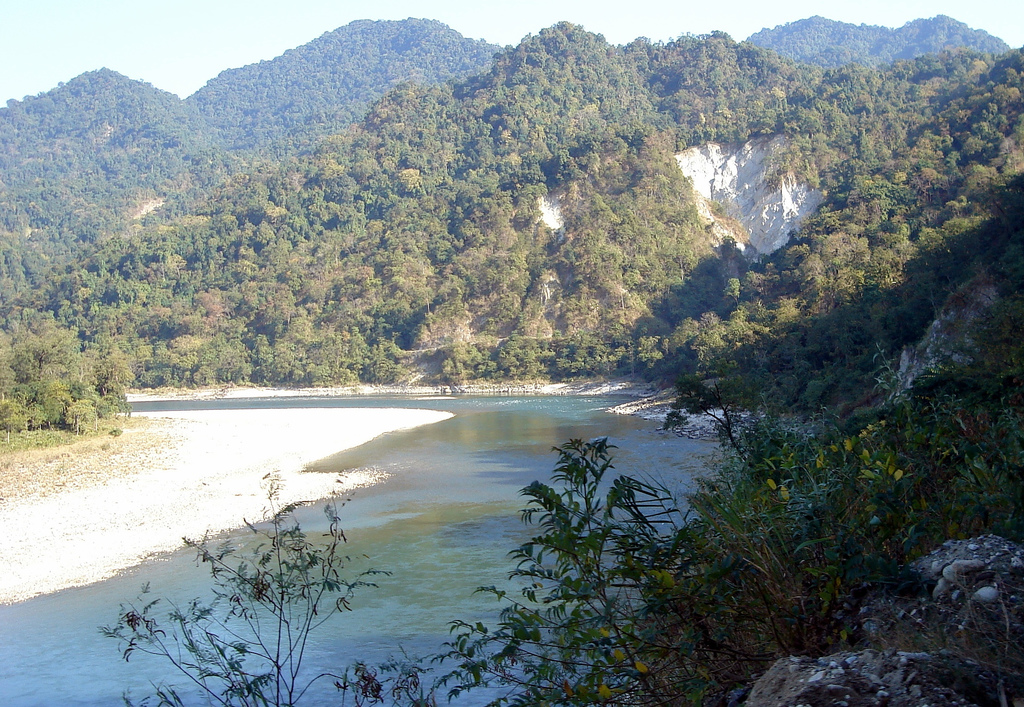In the rich tapestry of Indian history, few dynasties shine as brightly as the Chaulukya Dynasty, also known as the Solanki Dynasty. Emerging during the 10th century CE in the fertile lands of Gujarat, the Chaulukyas rose to prominence as stalwart rulers, presiding over a golden age of artistic, architectural, and cultural flourishing that left an indelible mark on the cultural landscape of Western India. Join us as we embark on a captivating journey through time to explore the origins, achievements, and enduring legacy of the illustrious Chaulukya Dynasty.
Origins and Rise to Power:
The Chaulukya Dynasty traces its origins to the illustrious ruler Mularaja, who established his authority in the region of present-day Gujarat during the 10th century CE. Under Mularaja and his successors, notably Siddharaja Jayasimha and Kumarapala, the Chaulukyas expanded their influence and territorial control, eventually establishing themselves as the preeminent power in Western India.
The Chaulukyas’ rise to power was facilitated by their strategic alliances, diplomatic prowess, and military acumen, which enabled them to navigate the complex political landscape of medieval India and assert their dominance over rival kingdoms and dynasties. Through a combination of military conquests, matrimonial alliances, and shrewd diplomacy, the Chaulukyas extended their sway over vast swathes of territory, encompassing Gujarat, parts of Rajasthan, and neighboring regions.
Cultural Flourishing and Architectural Marvels:
The Chaulukya period witnessed a remarkable flourishing of art, architecture, and literature, as the dynasty’s patronage of the arts propelled Gujarat into a golden age of cultural creativity. The architectural legacy of the Chaulukyas is perhaps best exemplified by the magnificent temples of Mount Abu and the Sun Temple of Modhera, which stand as enduring testaments to the dynasty’s artistic genius and architectural prowess.
The Sun Temple of Modhera, dedicated to the Hindu sun god Surya, is renowned for its exquisite carvings, intricate sculptures, and architectural elegance. Constructed in the 11th century CE during the reign of Bhima I, the temple is a masterpiece of Solanki architecture, with its intricately carved torana (archway), mandapa (pillared hall), and sanctum sanctorum showcasing the Chaulukyas’ devotion to religious patronage and artistic excellence.
In addition to their architectural achievements, the Chaulukyas were also patrons of literature and scholarship, with their court serving as a vibrant center of intellectual exchange. Sanskrit and Gujarati literature thrived under Chaulukya patronage, with poets, scholars, and philosophers composing timeless works of poetry, drama, and philosophical treatises that celebrated the dynasty’s achievements and extolled the virtues of righteous governance.
Military Conquests and Expansion:
Central to the Chaulukya Dynasty’s success was its formidable military machine, which enabled it to undertake ambitious military campaigns and assert its dominance over rival powers. The Chaulukya army, composed of well-trained infantry, cavalry, and elephant corps, was renowned for its discipline, mobility, and strategic acumen, allowing it to wage successful campaigns against the Paramara, Chalukya, and Hoysala dynasties.
One of the most significant military conquests of the Chaulukya Dynasty was its expansion into neighboring regions such as Malwa, Rajasthan, and Kutch, where it clashed with rival powers for control over strategic territories and trade routes. The Chaulukya emperors, particularly Siddharaja Jayasimha and Kumarapala, led successful campaigns deep into enemy territory, establishing Chaulukya suzerainty over vast swathes of territory and consolidating the dynasty’s hold over Western India.
Decline and Legacy:
Despite their formidable achievements and cultural contributions, the Chaulukya Dynasty eventually succumbed to internal strife and external pressures, leading to its gradual decline by the 13th century CE. The rise of new regional powers such as the Delhi Sultanate, the Yadavas, and the Vaghelas, combined with the incursions of foreign invaders such as the Ghurids and the Khaljis, hastened the dynasty’s demise, marking the end of an era of Chaulukya splendor and prosperity.
Yet, the legacy of the Chaulukya Dynasty endured long after its decline, shaping the cultural, architectural, and political landscape of Gujarat for centuries to come. The temples of Mount Abu, Modhera, and other Chaulukya sites continue to inspire awe and admiration, serving as enduring symbols of the dynasty’s artistic and architectural achievements.
Moreover, the Chaulukya period laid the groundwork for the emergence of medieval Gujarat Sultanate, the Mughal Empire, and the Maratha Confederacy, who drew upon Chaulukya precedents in art, architecture, and governance. The enduring legacy of the Chaulukya Dynasty serves as a testament to the rich cultural heritage and historical significance of Gujarat in shaping the trajectory of Indian civilization.
In conclusion, the Chaulukya Dynasty emerges as a pivotal chapter in the saga of Indian history, whose cultural patronage, architectural splendor, and military prowess left an indelible mark on Gujarat and beyond. From the majestic temples of Modhera to the vibrant intellectual milieu of Chaulukya court, the legacy of the Chaulukyas continues to inspire admiration and fascination, serving as a testament to the enduring spirit of creativity, innovation, and cultural exchange in medieval India.

